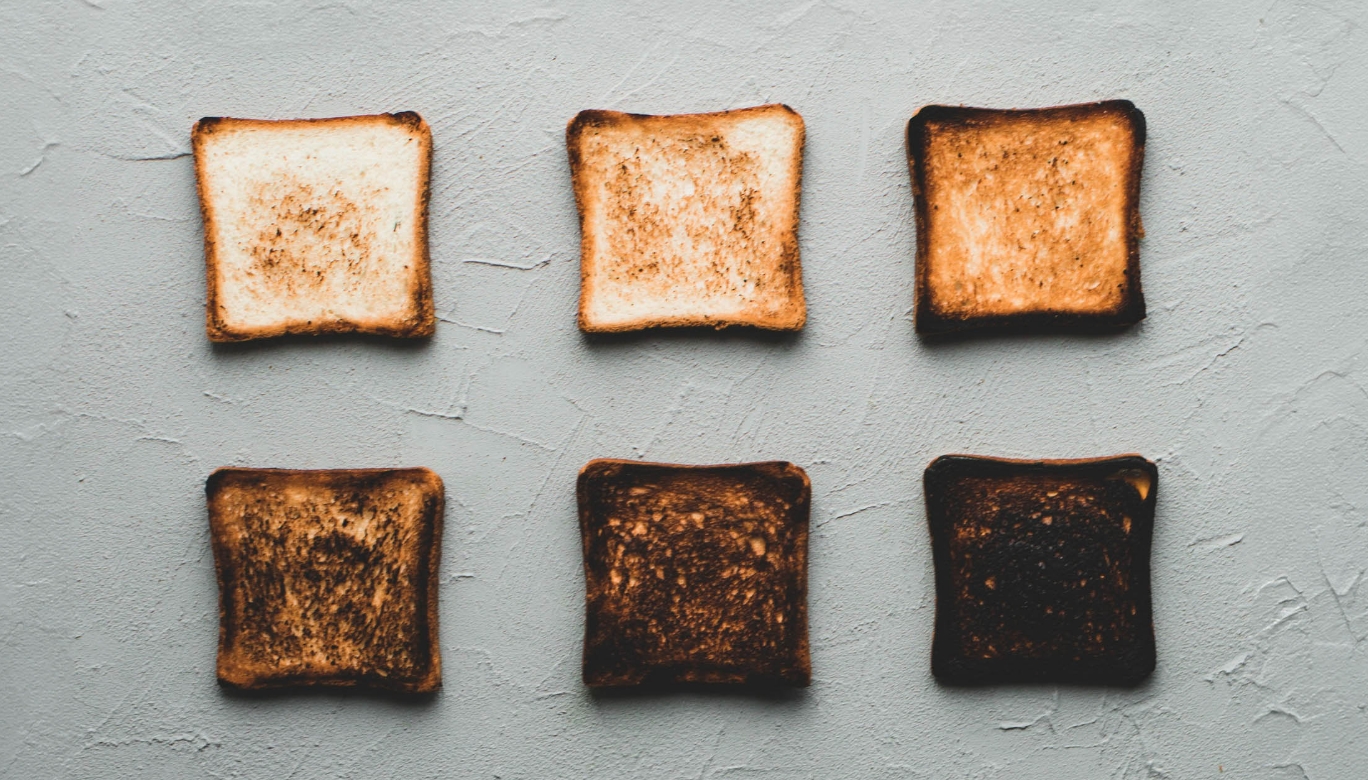"The Burnt Toast Theory": How Everything Happens for a Reason

What Is the Burnt Toast Theory?
Imagine you’re rushing out the door for work and, just as you’re about to leave, you burn your toast. The delay feels irritating at first, but later you discover that the extra few minutes kept you from being caught in a traffic accident or another misfortune. The Burnt Toast Theory is rooted in the idea that setbacks, delays or even failures may serve a greater purpose - whether that purpose is protecting you, teaching you a lesson or leading you to a better outcome.
This theory encourages a shift in mindset. Instead of lamenting over things that go wrong, you learn to accept and trust that there’s a bigger plan at work. While it doesn’t suggest that bad events are always avoidable or predestined, it helps individuals reframe negative experiences in a more positive light.
Why Does This Mindset Work?
Psychologists often point to the power of reframing - a cognitive behavioural therapy technique that helps individuals reinterpret situations in a way that reduces negative emotions. When you adopt the Burnt Toast Theory, you train your mind to move away from frustration or self-blame and instead cultivate patience and trust.
This outlook also taps into the concept of locus of control. People with an internal locus of control feel empowered because they believe they have the ability to shape their destiny. However, for those who struggle with feeling powerless when things go wrong, the Burnt Toast Theory offers a comforting alternative. It suggests that even when life is beyond your control, there may be hidden benefits or lessons.

Additionally, believing that setbacks have a purpose can foster resilience. Instead of dwelling on what didn’t go as planned, you’re more likely to accept, adapt and move forward. Over time, this mindset shift can lead to increased optimism and a greater sense of inner peace.
How to Apply the Burnt Toast Theory to Your Life
1. Pause and Breathe: The next time something goes wrong, resist the urge to immediately react with frustration or anger. Take a moment to pause and remind yourself that this setback may be serving a purpose.
2. Reframe Your Thinking: Instead of thinking, “Why is this happening to me?” try asking, “What could this delay or disappointment be protecting or teaching me?”
3. Trust the Bigger Picture: Recognise that life is full of unknowns. Even if you don’t see the silver lining right away, trust that it may reveal itself over time.
4. Look for Patterns: Reflect on past situations where inconveniences or setbacks ultimately led to positive outcomes. This practice can help strengthen your belief in the Burnt Toast Theory.
By adopting the Burnt Toast Theory, you can reframe life’s challenges as potential blessings in disguise. While it may not eliminate all disappointment, it offers a new way to interpret adversity - one that can bring greater resilience, peace and positivity into your life.
Features












